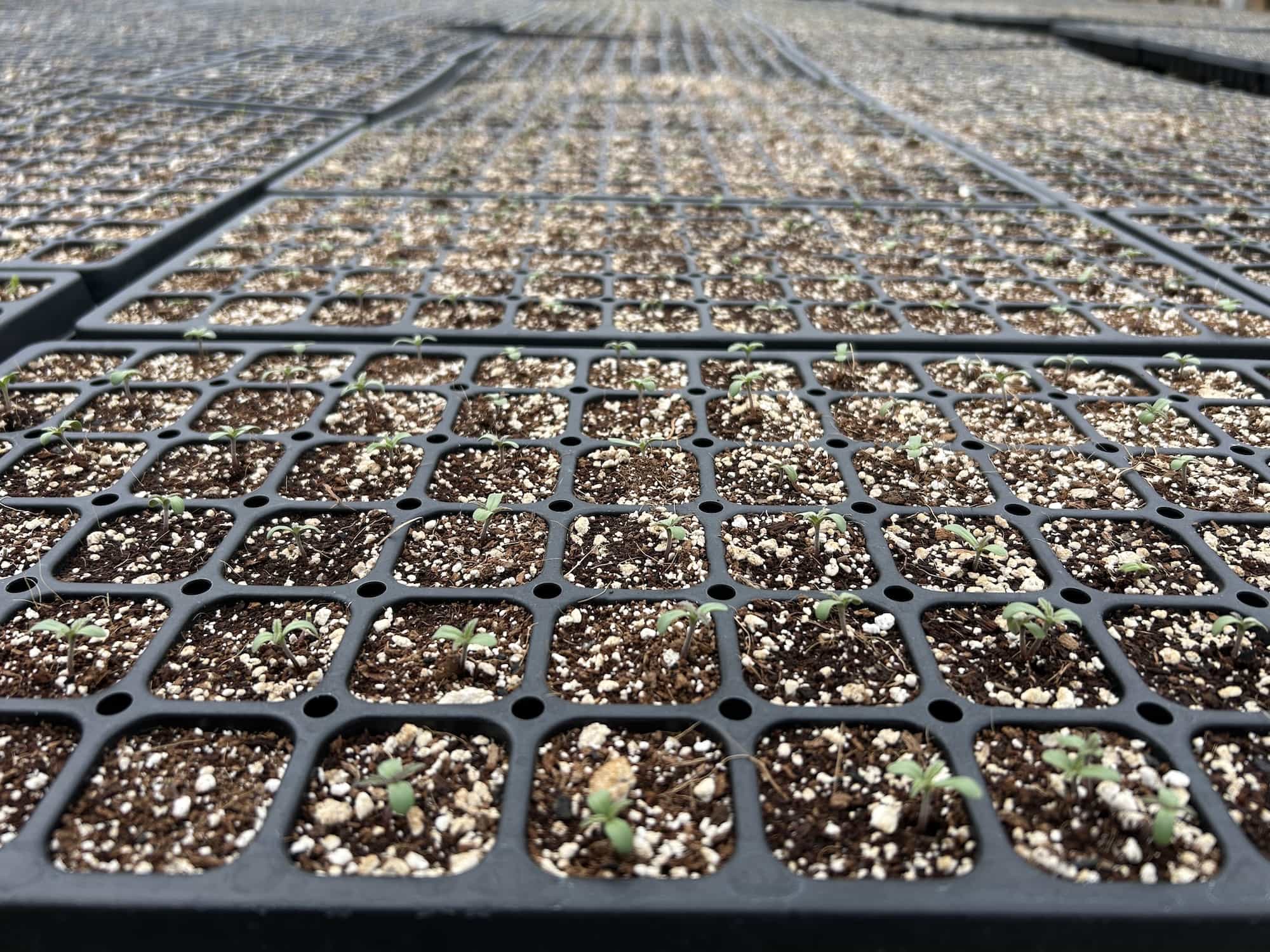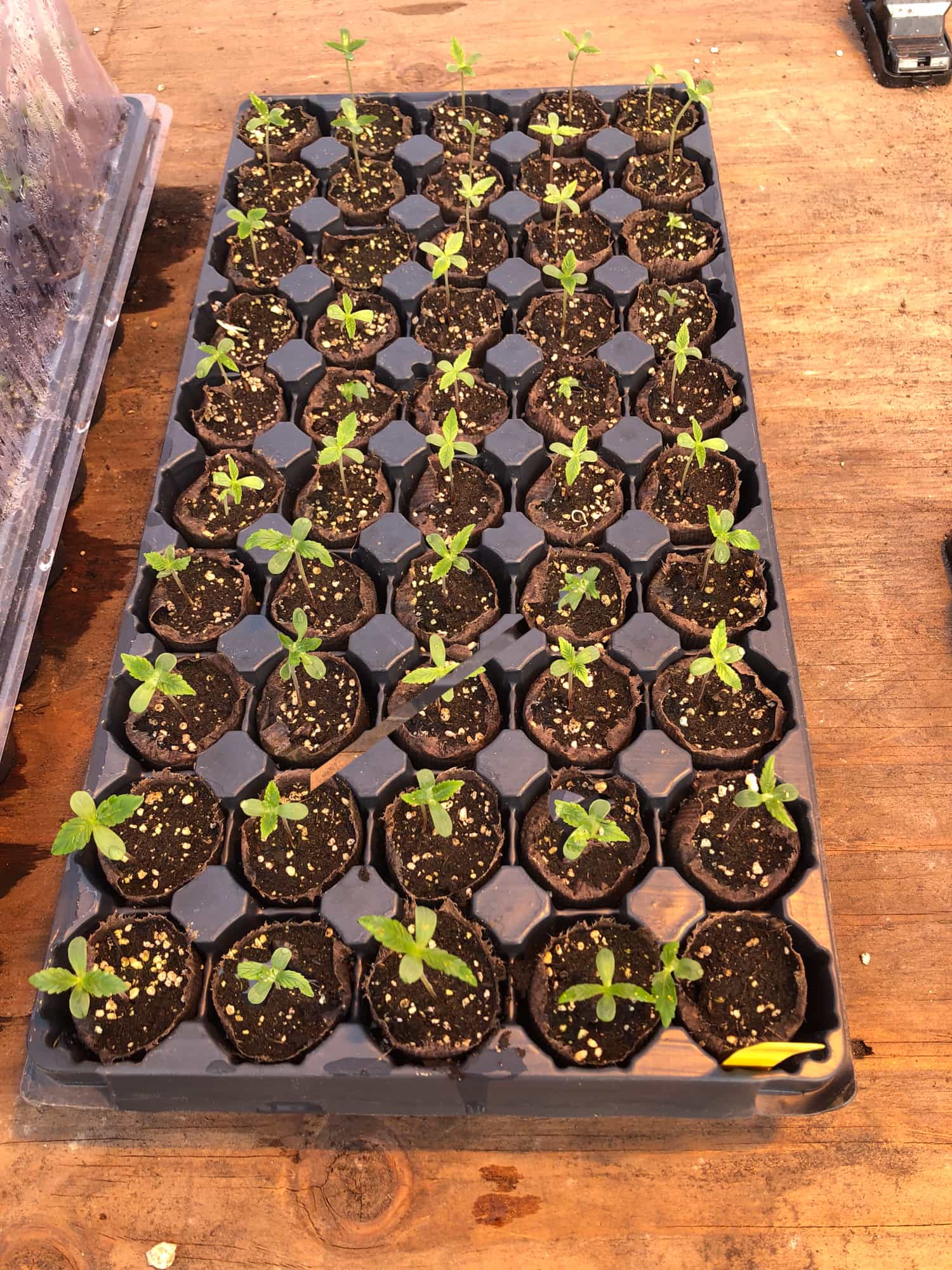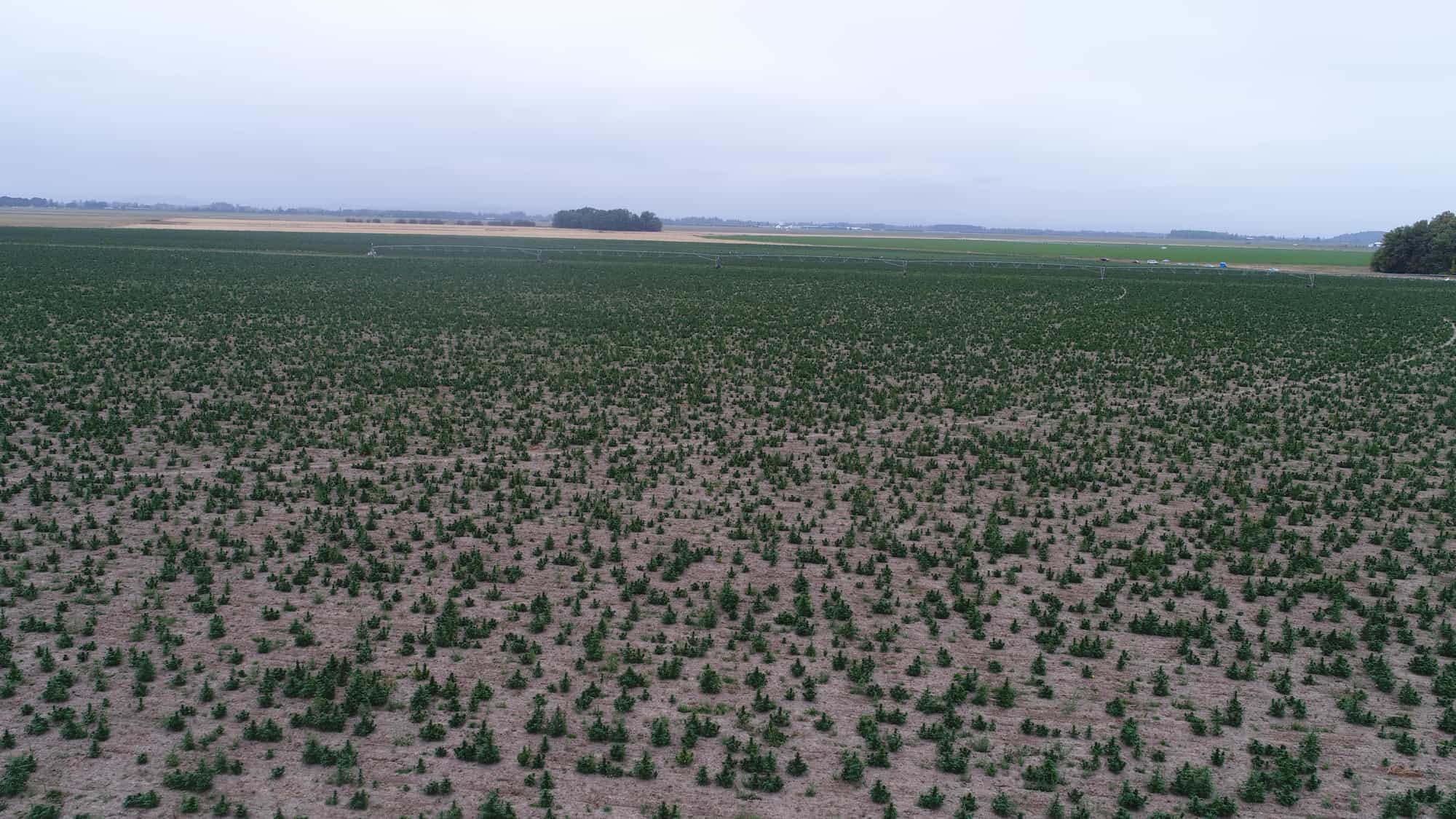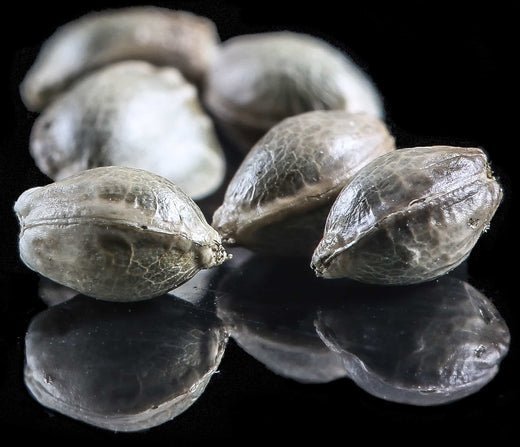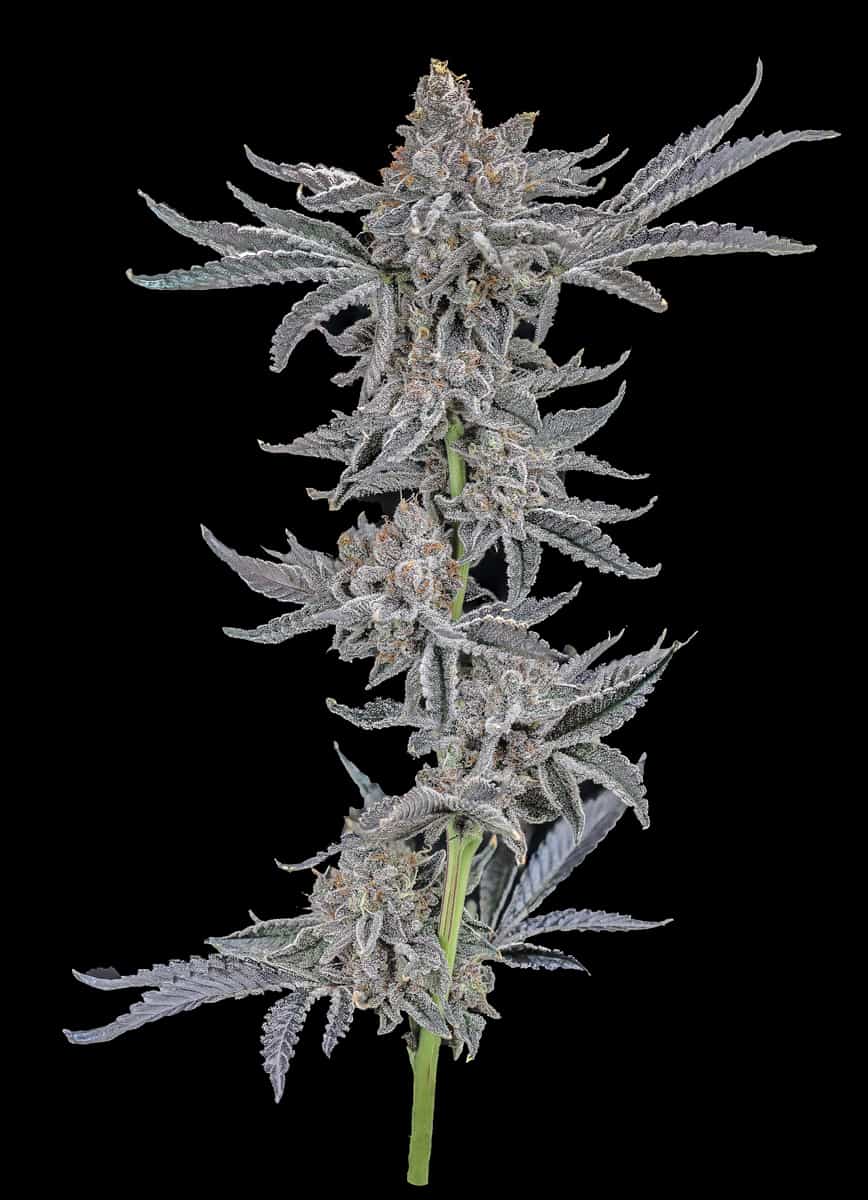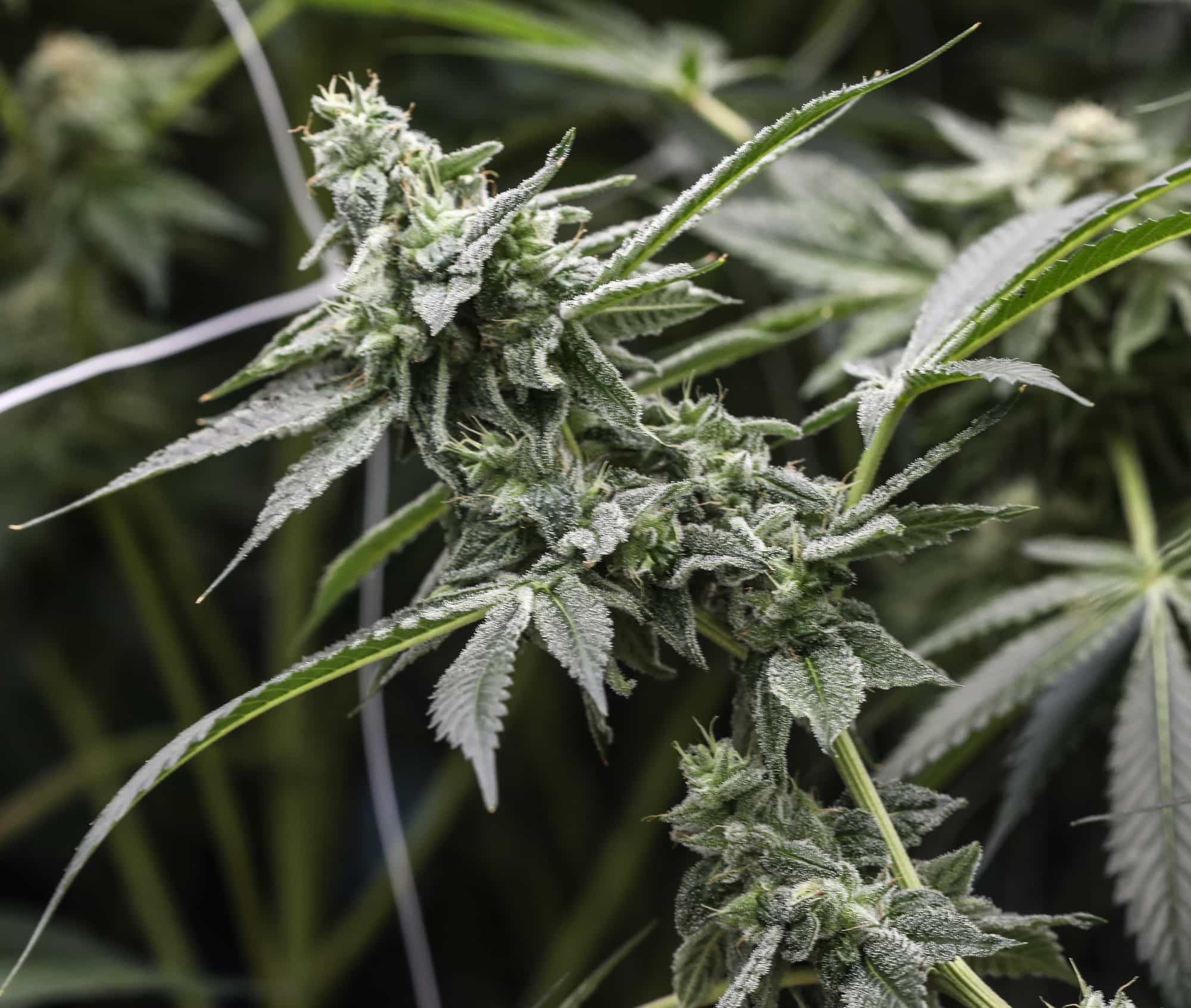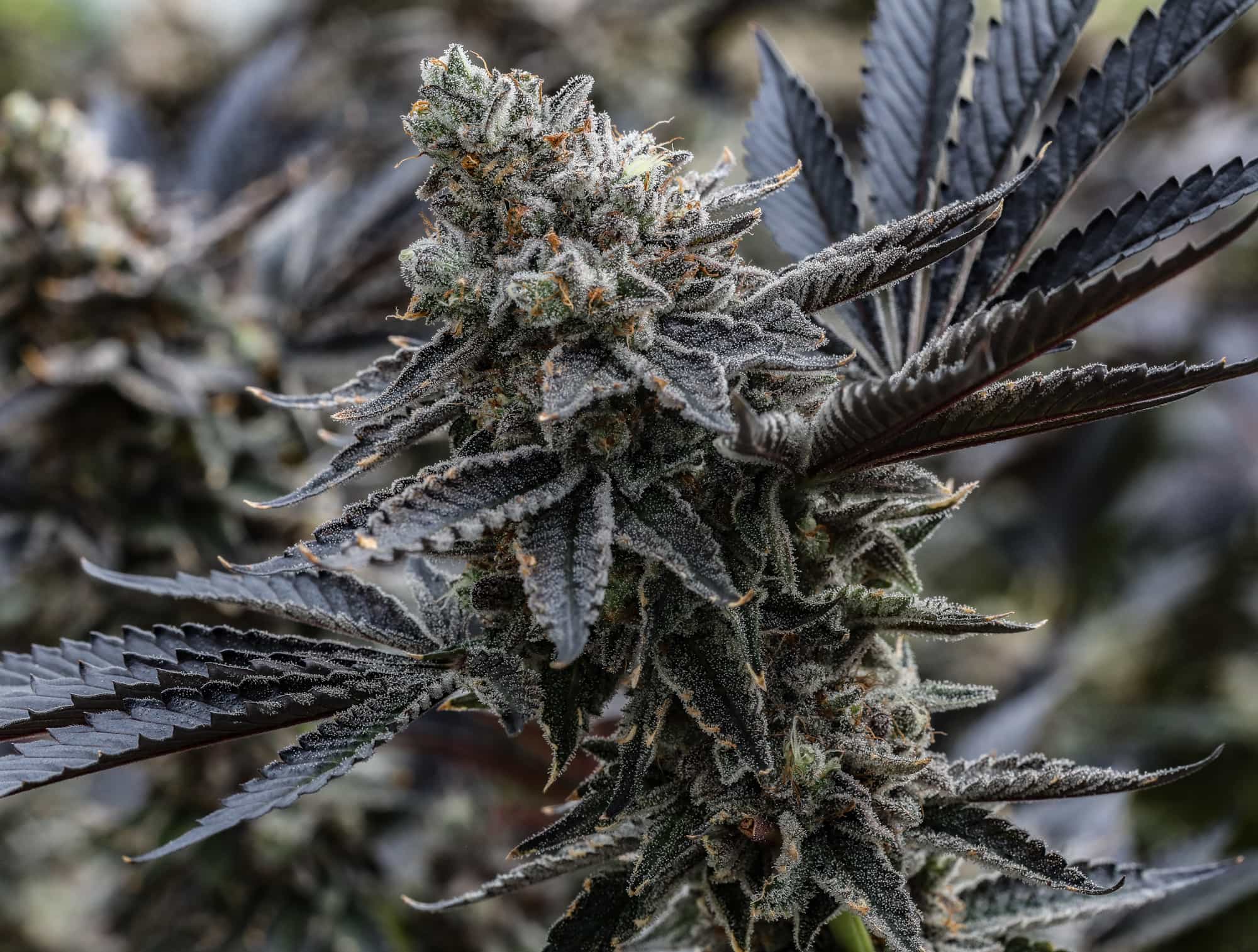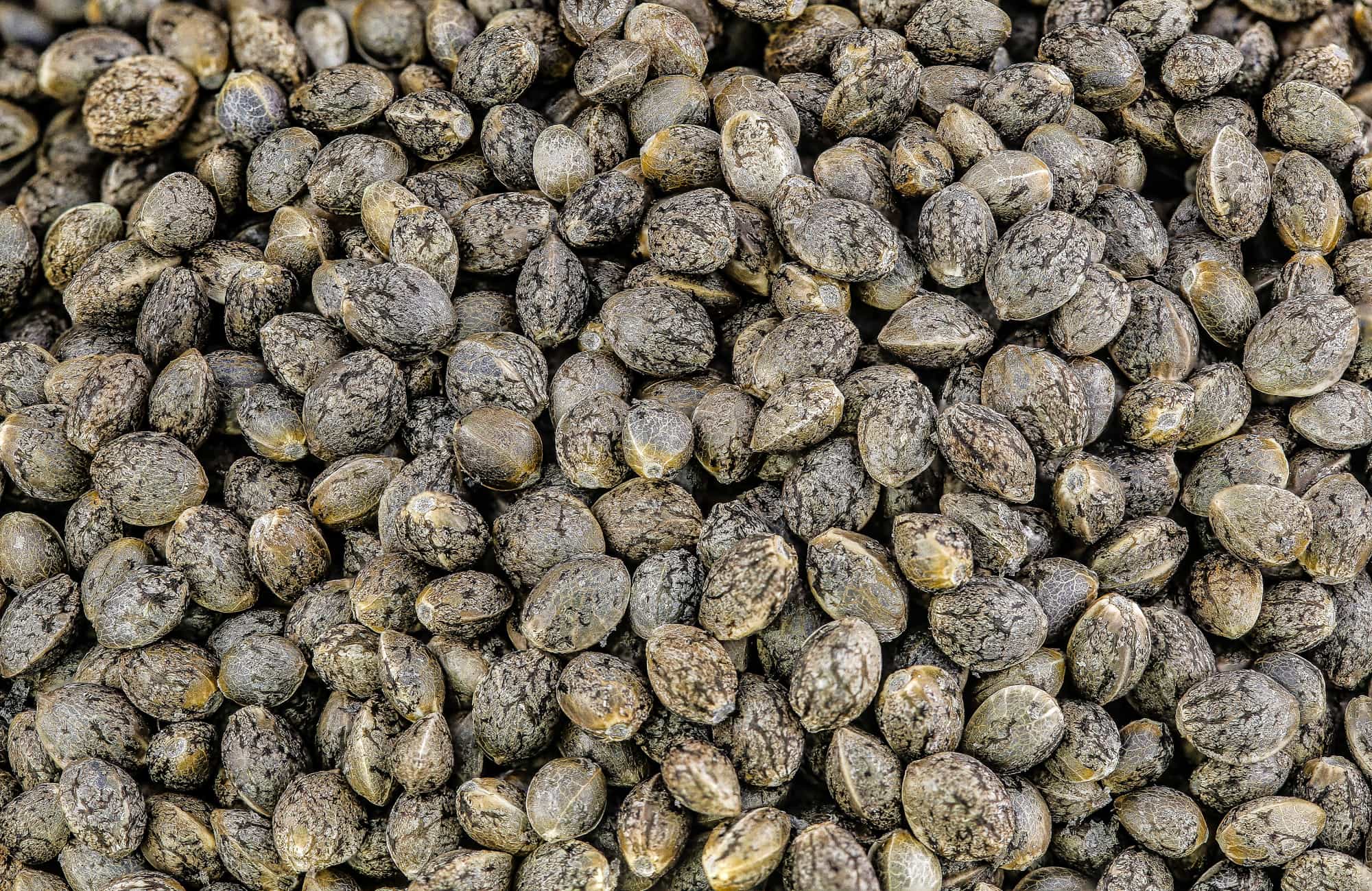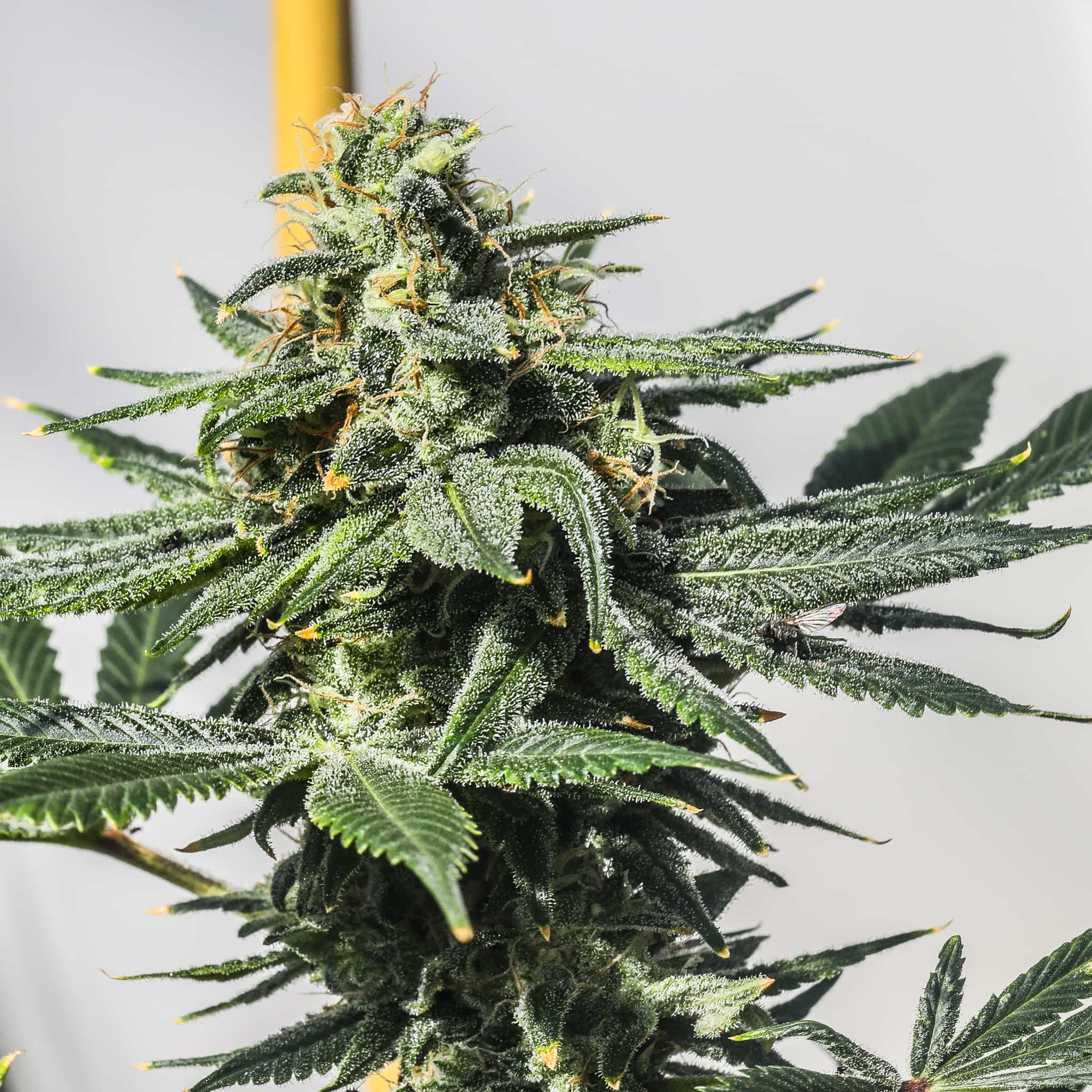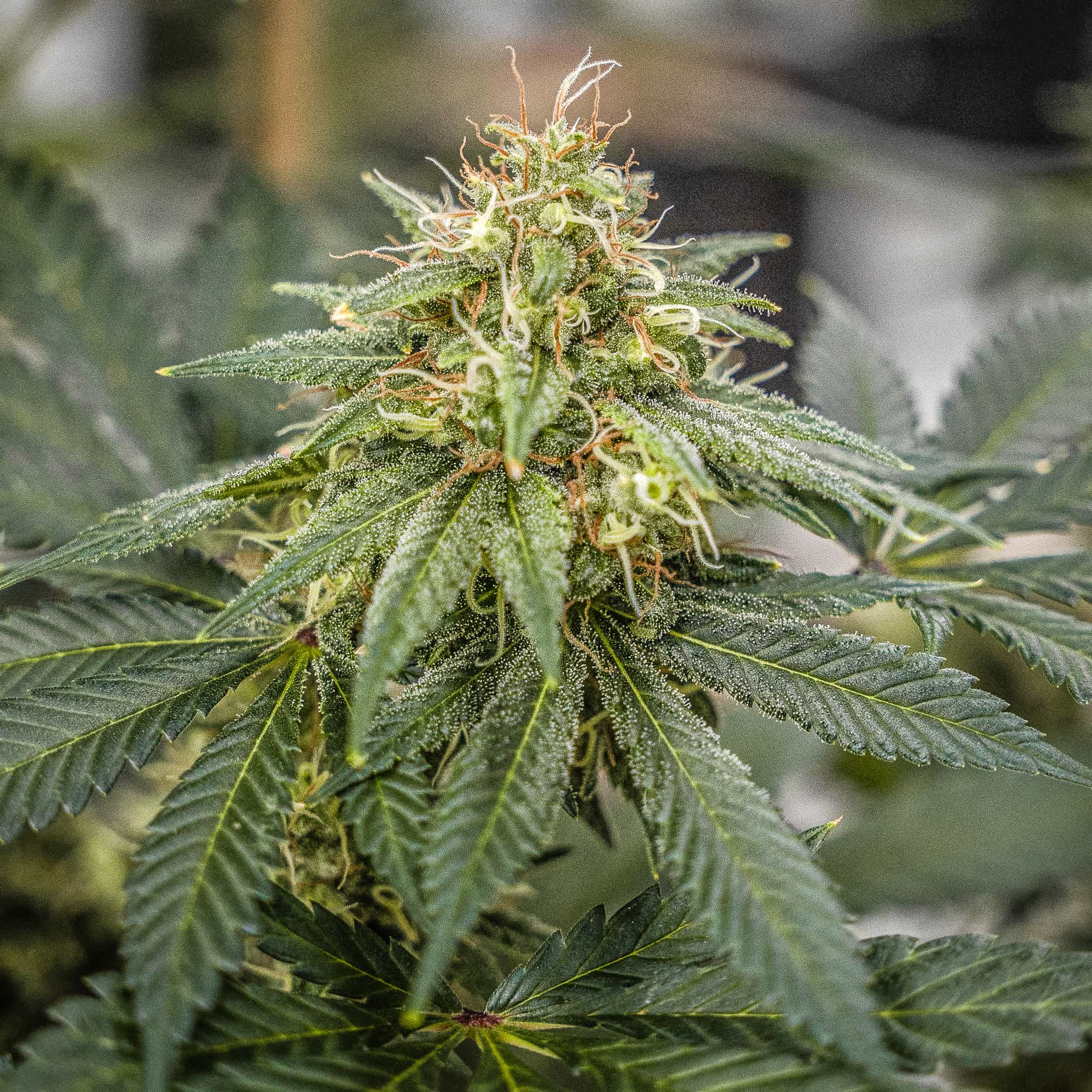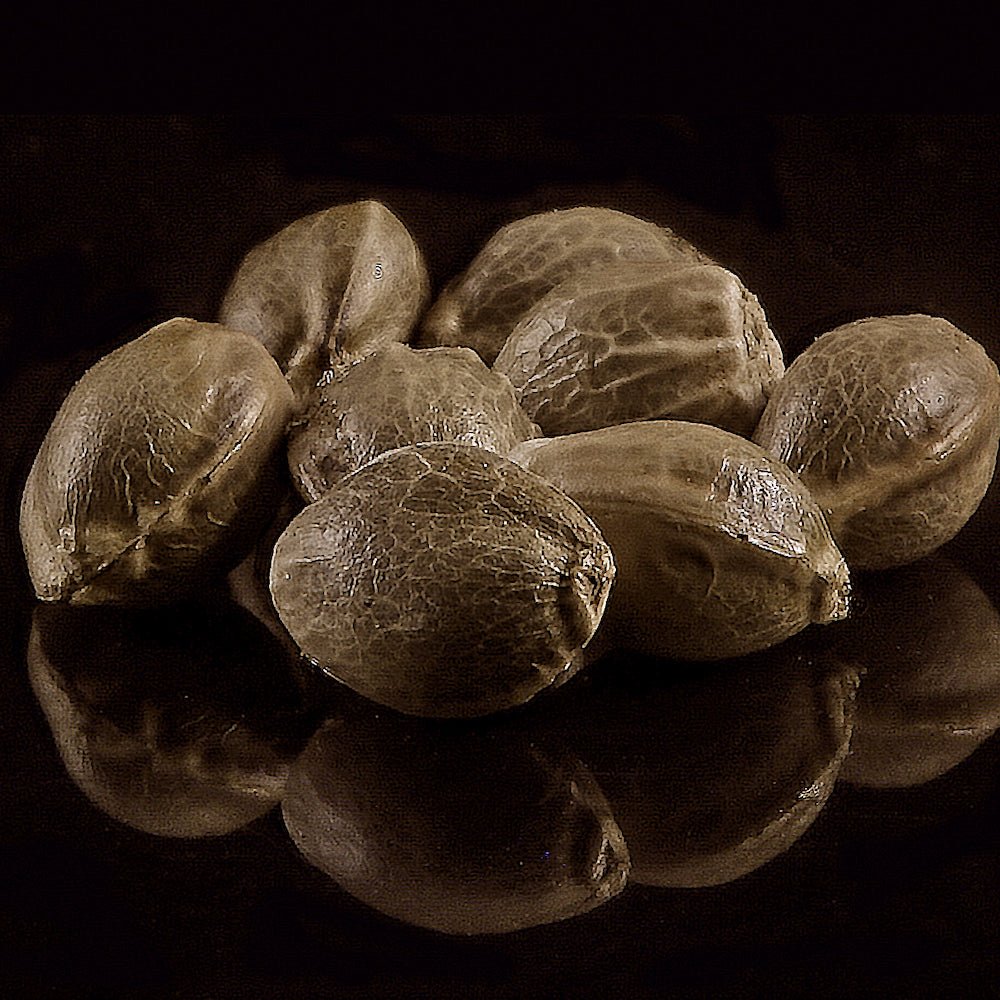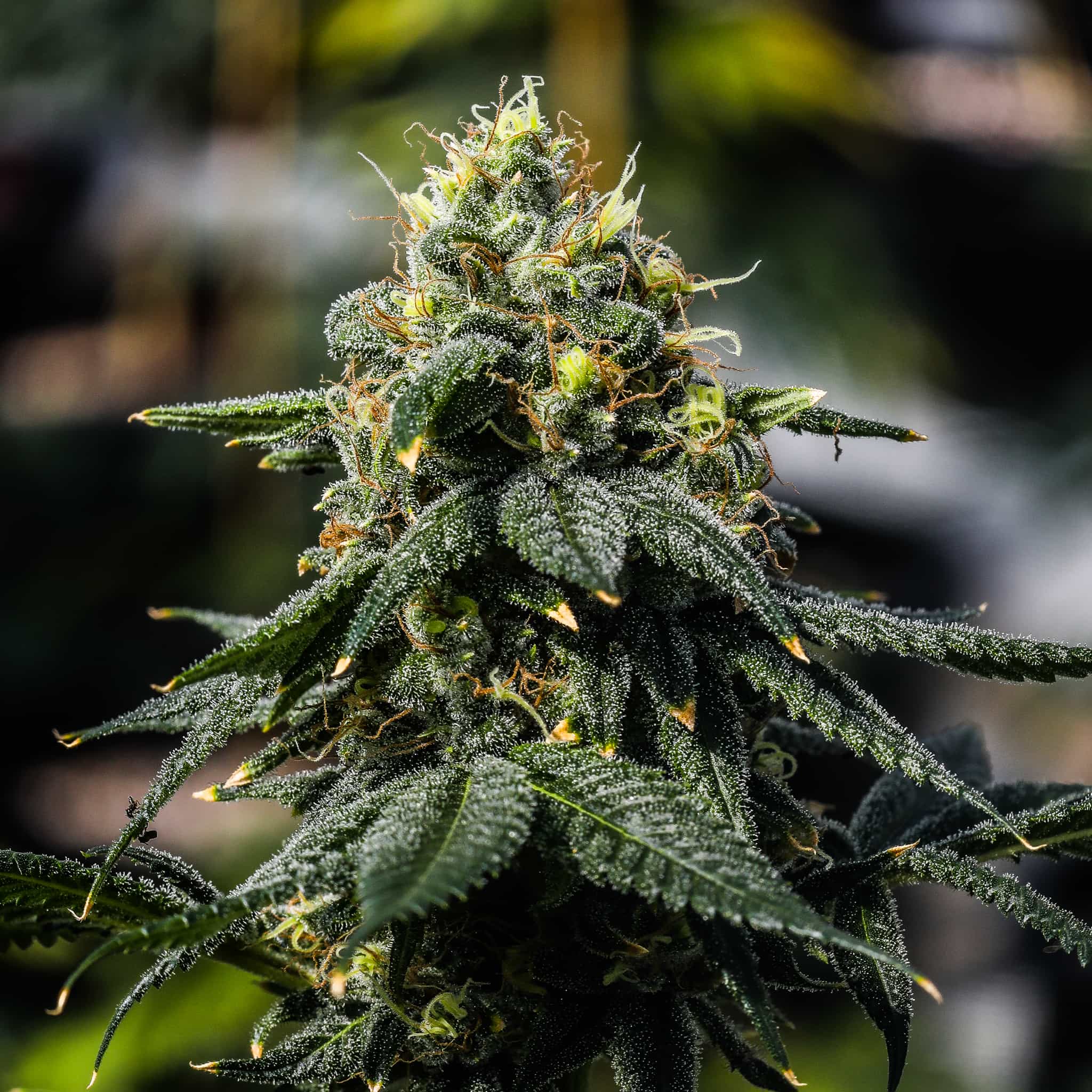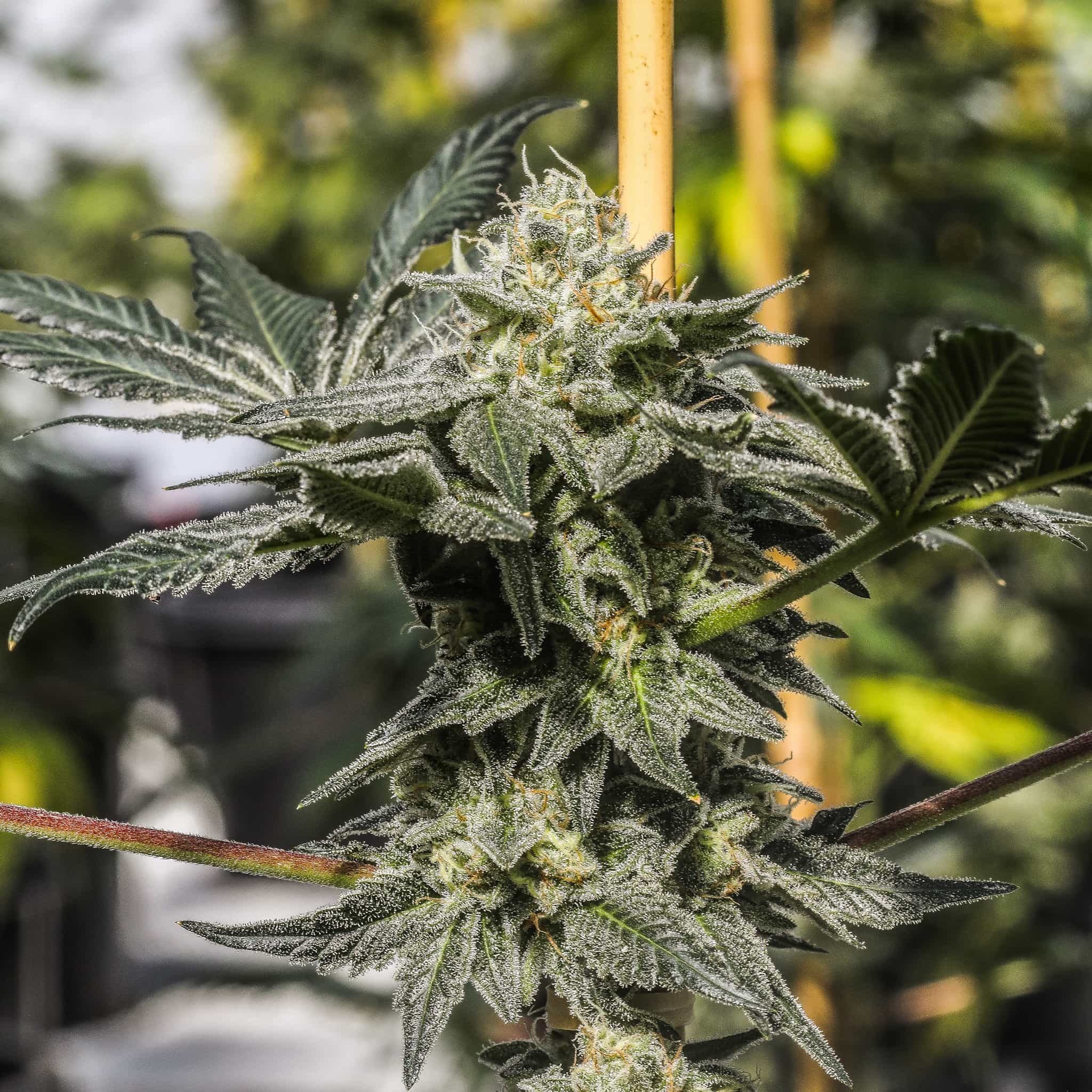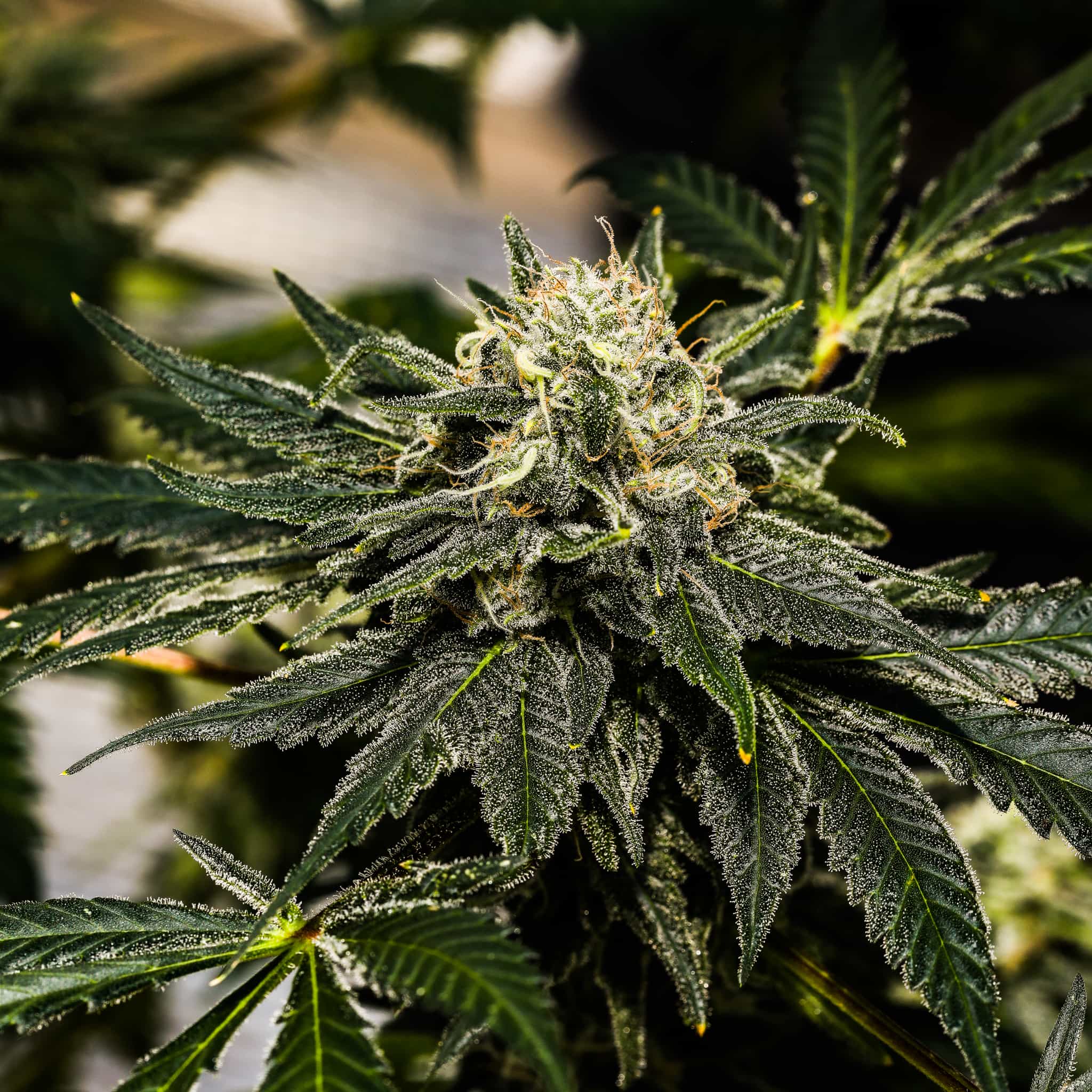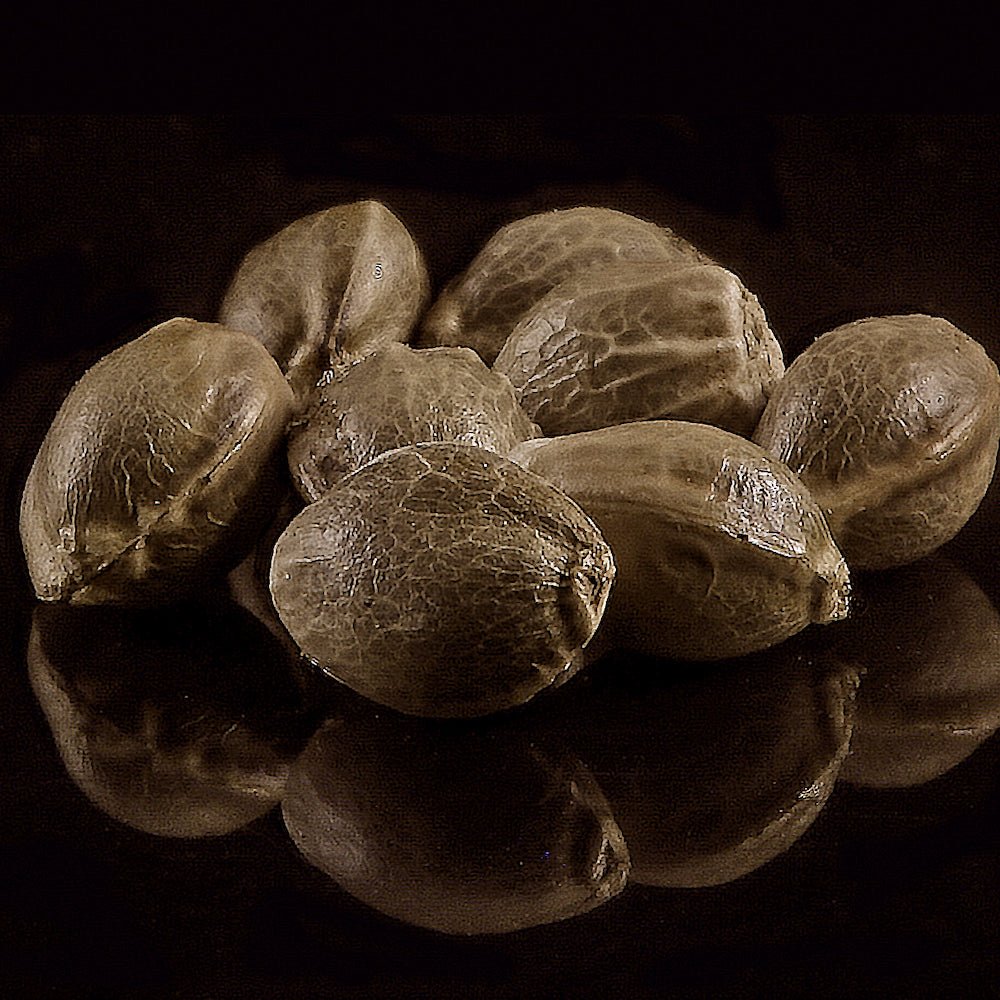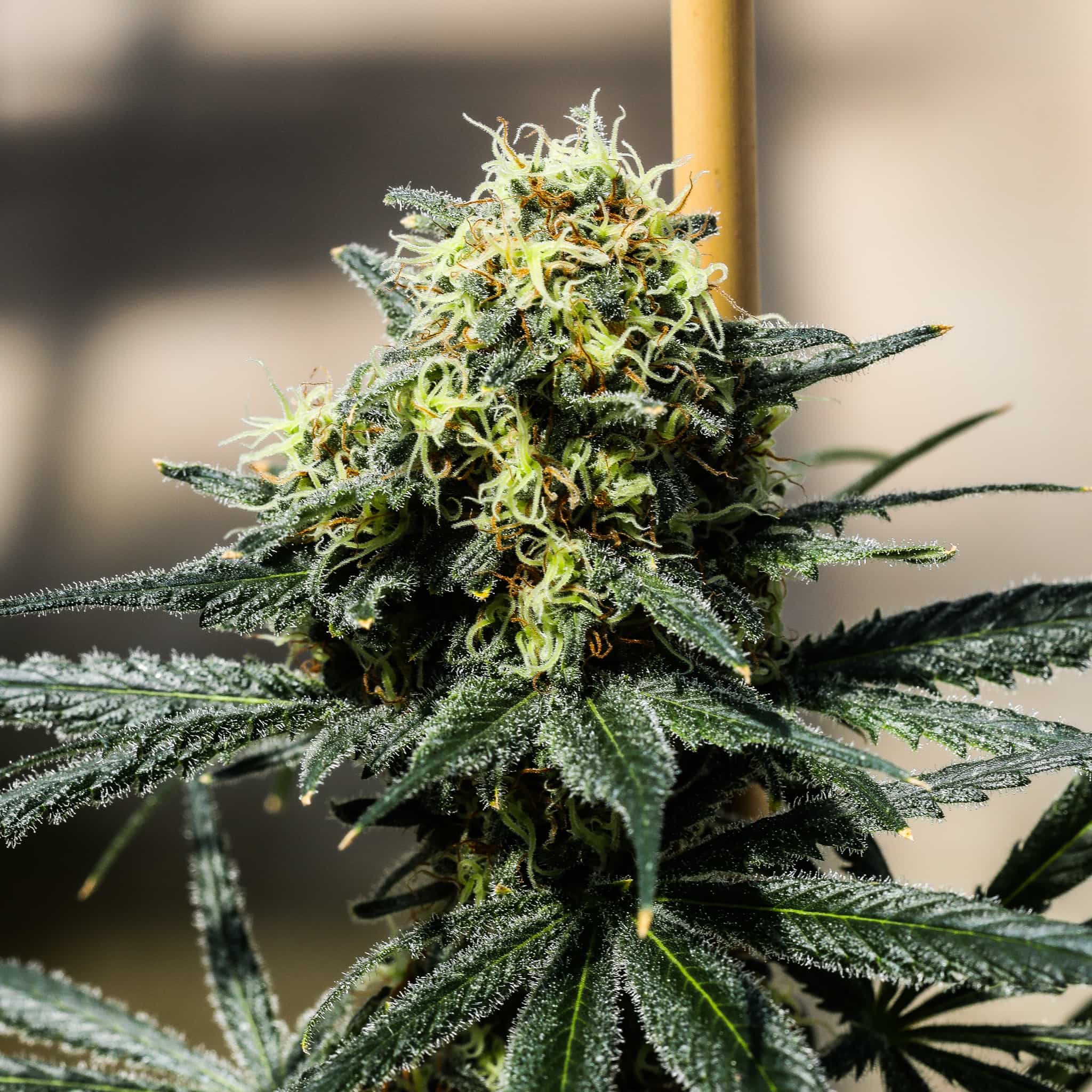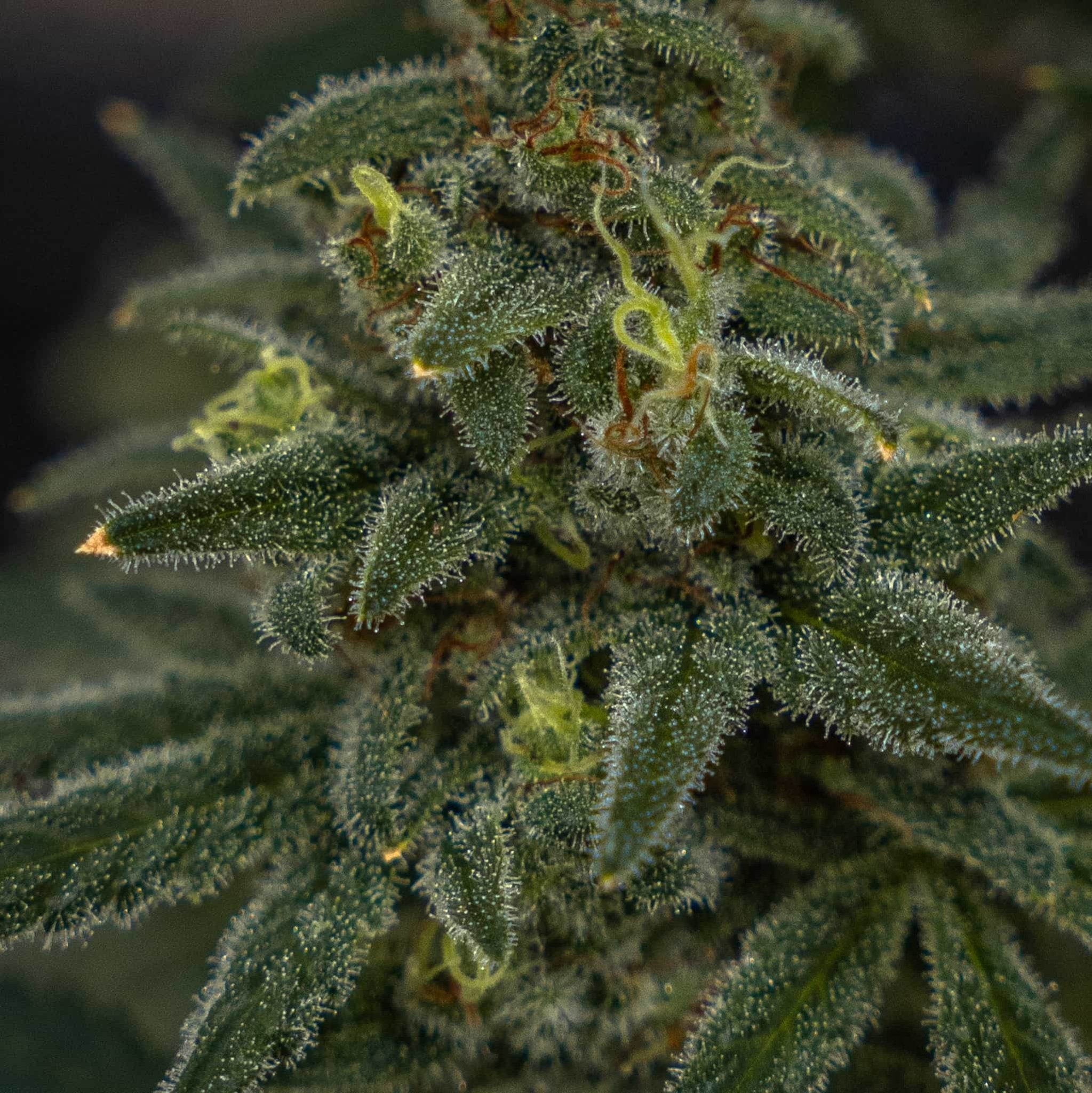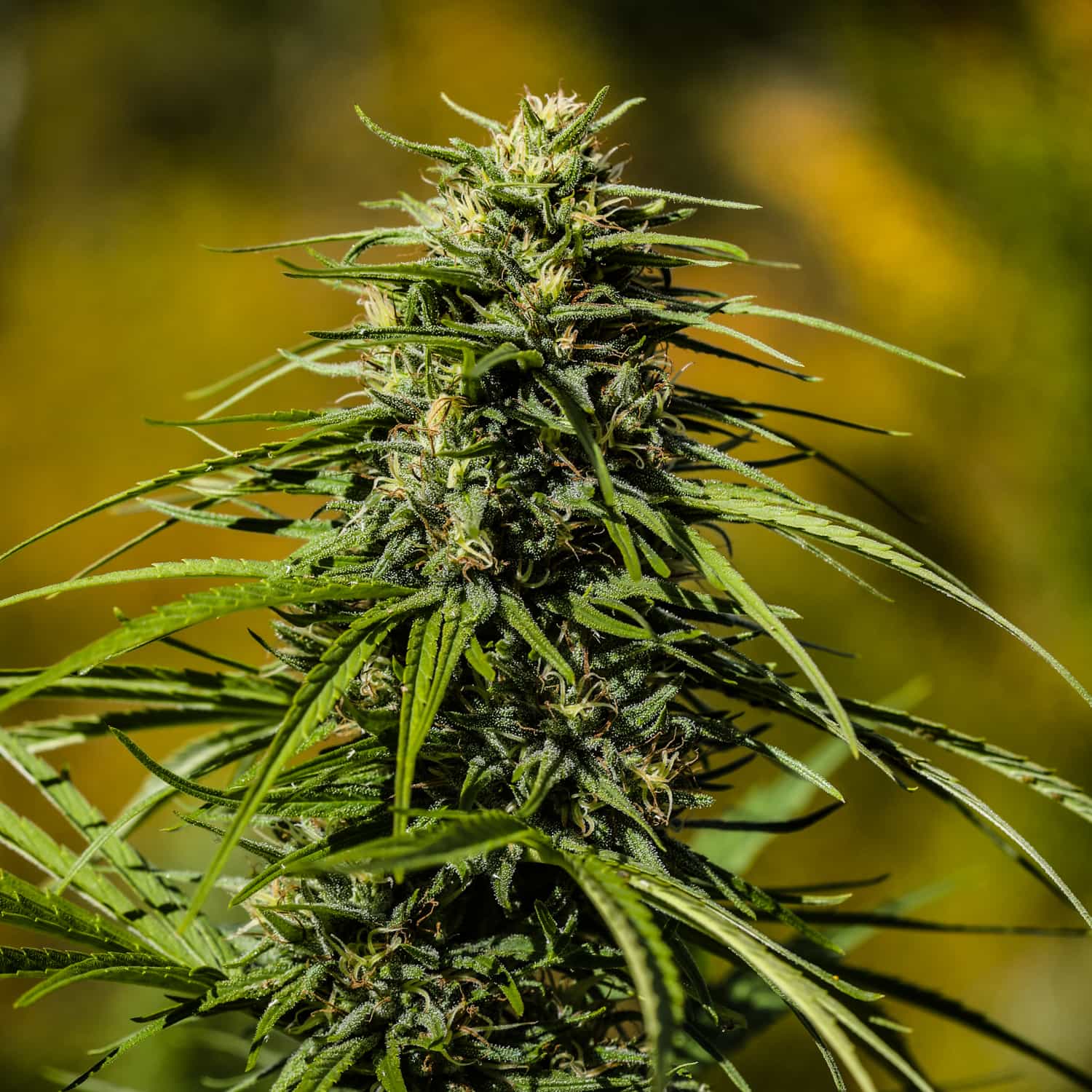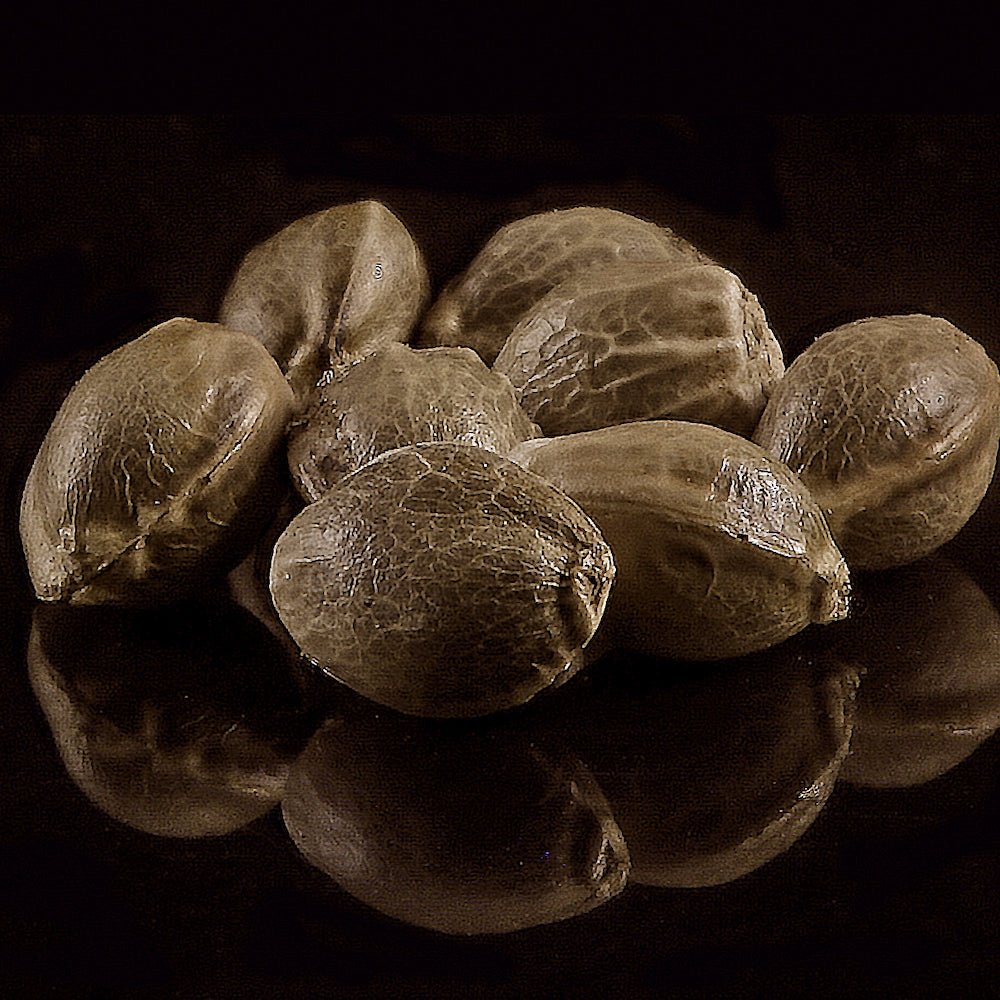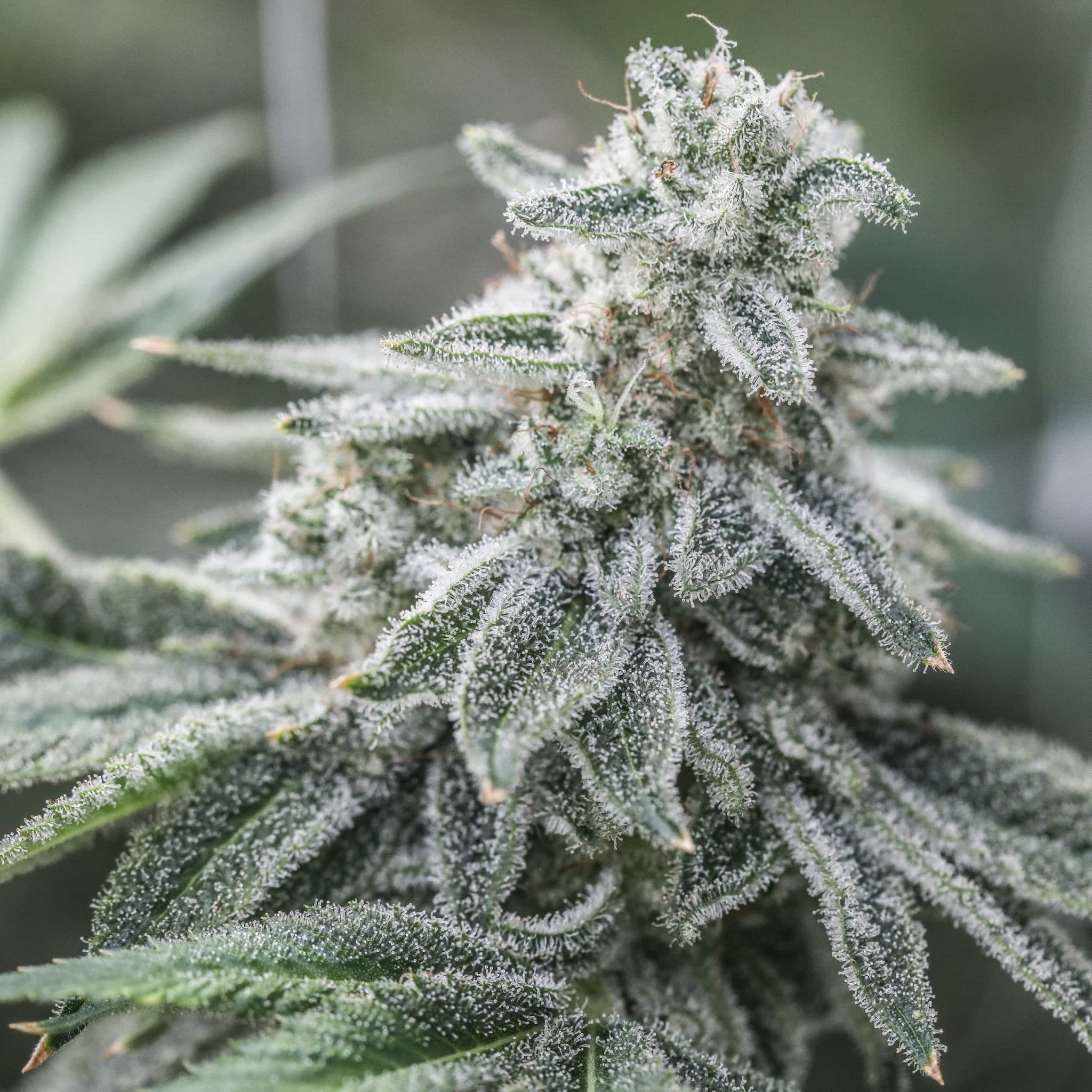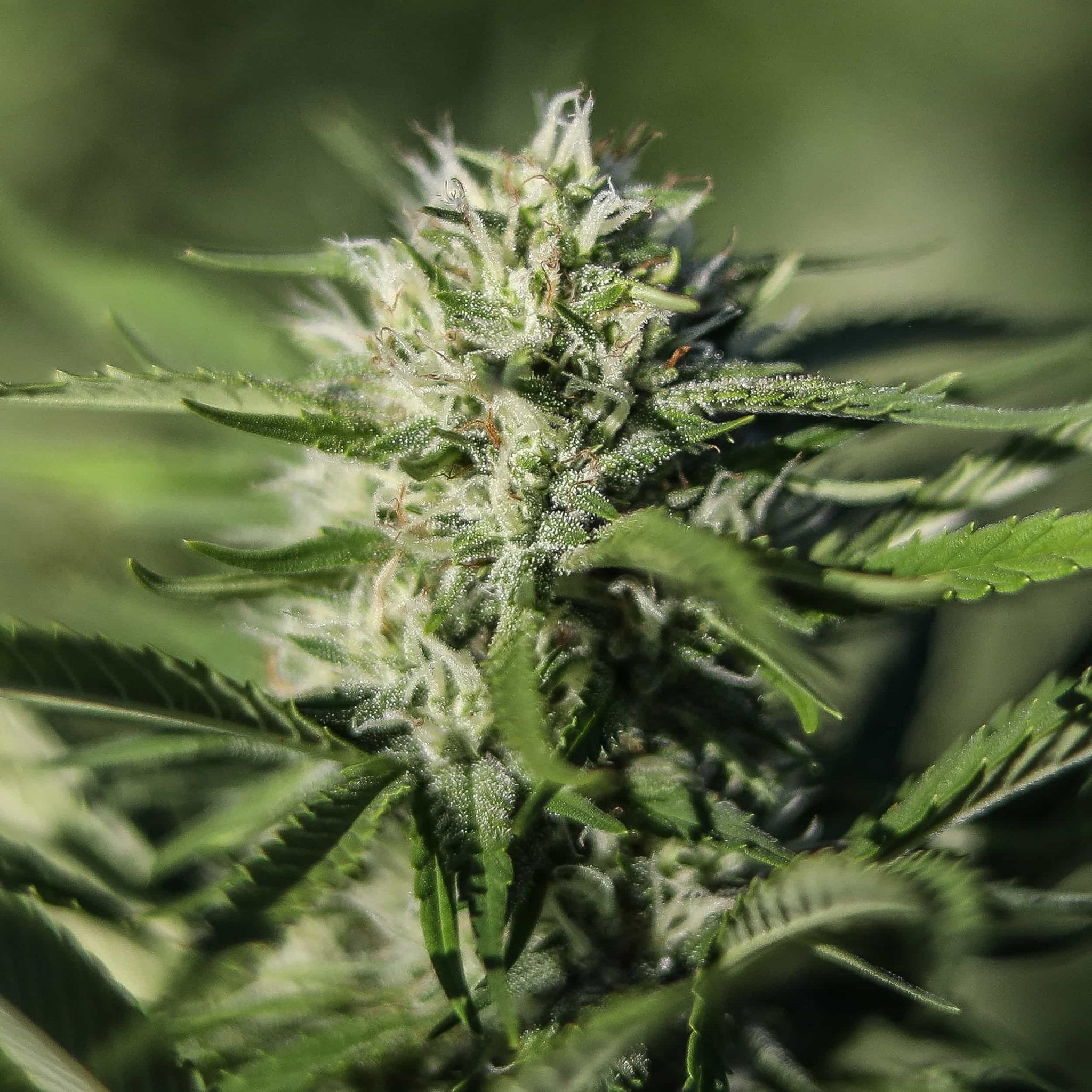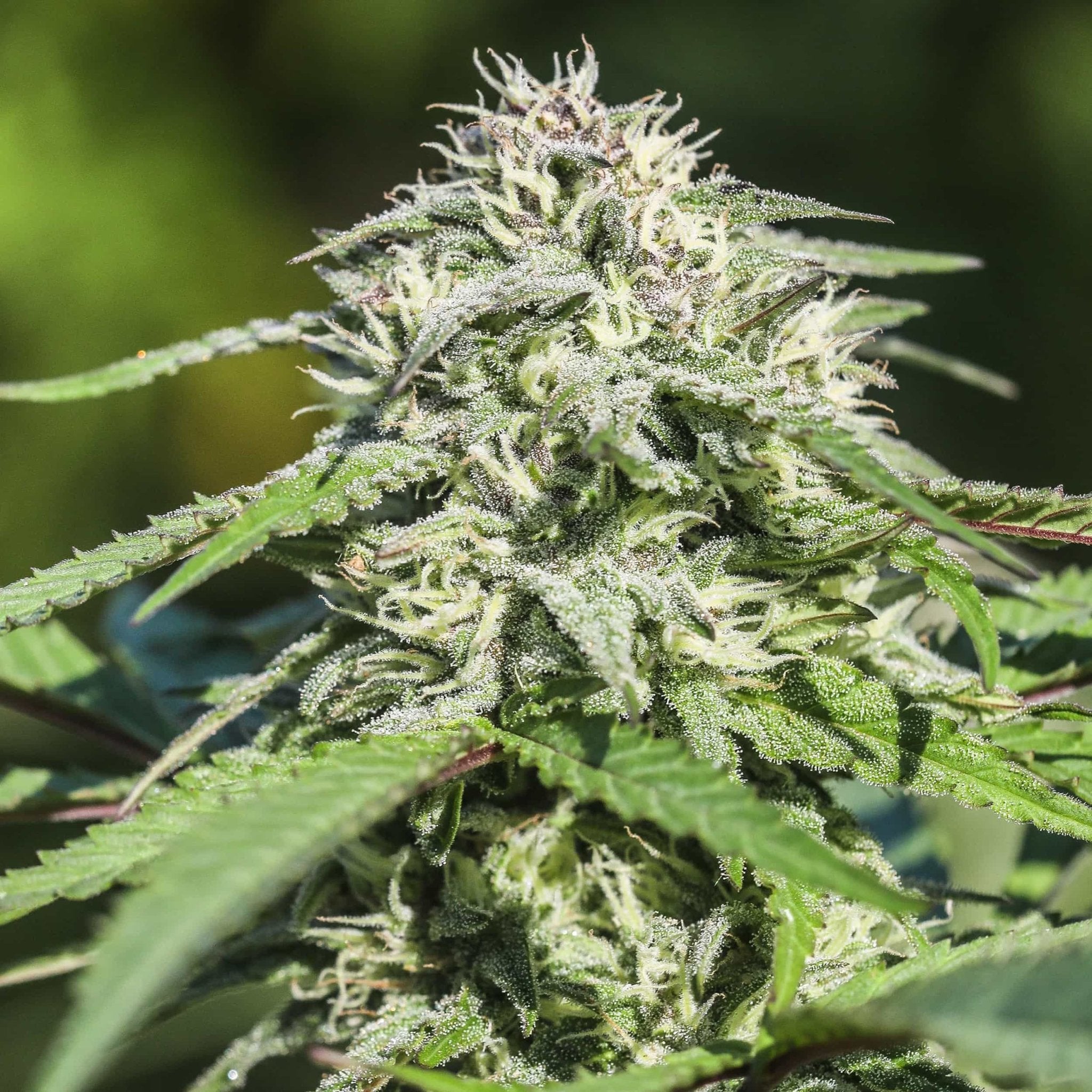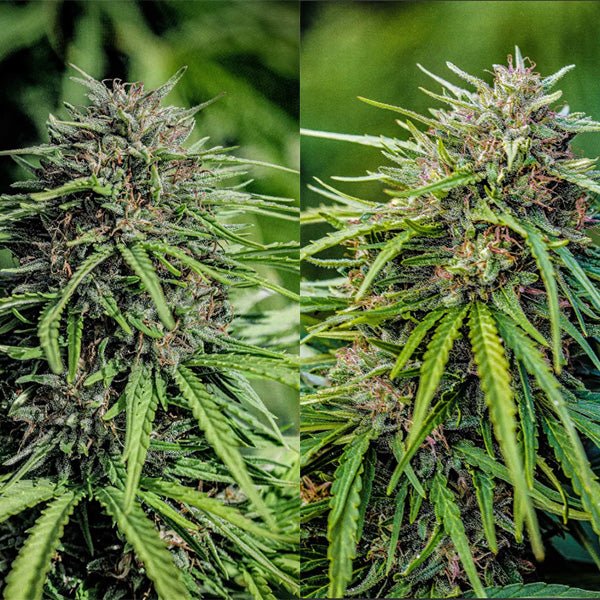Cannabis cultivation has seen a remarkable resurgence in recent years, with growers across the globe looking to harness its potential for medicinal and recreational use. However, to achieve optimal growth and high yields, understanding the ideal climates for growing cannabis is crucial. This article explores the key climate factors that contribute to successful cannabis cultivation, including temperature, humidity, light, and soil conditions.
1. Temperature
Optimal Range: Cannabis thrives in moderate temperatures, ideally between 70°F and 85°F (21°C to 29°C) during the day. Nighttime temperatures should ideally remain between 60°F and 70°F (15°C to 21°C).
Growing Stages:
- Seedling Stage: Young plants prefer warmer conditions, around 70°F to 80°F (21°C to 27°C).
- Vegetative Stage: During this phase, maintaining temperatures closer to 75°F to 85°F (24°C to 29°C) promotes robust growth.
- Flowering Stage: Slightly cooler temperatures (65°F to 80°F or 18°C to 27°C) during this period can enhance bud development and prevent issues like mold.
2. Humidity
Ideal Humidity Levels:
- Seedling Stage: High humidity levels of 65% to 70% help young plants absorb moisture.
- Vegetative Stage: Reducing humidity to 40% to 60% encourages strong, sturdy growth.
- Flowering Stage: Maintaining humidity levels between 40% and 50% is essential to prevent mold and bud rot while allowing the flowers to develop properly.
Regional Considerations: In regions with high humidity, such as the Southeastern United States, growers must implement proper ventilation and dehumidification strategies to prevent excess moisture and related diseases.
3. Light
Natural Light Requirements: Cannabis is a photoperiod plant, requiring specific light cycles to thrive:
- Vegetative Stage: At least 18 hours of light per day is ideal, promoting vigorous growth.
- Flowering Stage: A 12/12 light cycle (12 hours of light and 12 hours of darkness) triggers flowering.
Sunlight Intensity: Cannabis plants benefit from full sunlight exposure, so regions with long growing seasons and ample sunlight, such as California and parts of Colorado, are particularly advantageous.
4. Soil and Drainage
Soil Composition: Cannabis prefers well-draining soil rich in organic matter. A pH level between 6.0 and 7.0 is optimal. Loamy soils that retain moisture but allow for good drainage are ideal.
Regional Soil Quality: Different regions may present unique soil types, from sandy soils in coastal areas to clay soils in other regions. Soil amendments, such as compost or perlite, can enhance drainage and nutrient availability.
5. Seasonal Considerations
Growing Seasons: Cannabis is typically grown outdoors during the spring and summer months, taking advantage of warmer temperatures and longer daylight hours. In contrast, indoor growers can manipulate growing conditions year-round.
Frost Dates: Knowing the last frost date in spring and the first frost date in fall is crucial for outdoor growers. Cannabis plants are sensitive to frost, which can damage or kill them.
6. Geographic Regions
Ideal Locations: Some regions are renowned for their cannabis cultivation due to favorable climates:
- California: With its Mediterranean climate, long growing season, and ample sunlight, California is a leading state for cannabis cultivation.
- Colorado: The higher elevation and dry climate create ideal conditions for growing cannabis outdoors.
- Oregon: Known for its temperate climate and rich soil, Oregon has become a hotspot for cannabis farms.
Cannabis is a weed, but it does not grow everywhere.
Understanding the ideal climate for growing cannabis is essential for both new and experienced growers. By optimizing temperature, humidity, light, and soil conditions, cultivators can maximize their yields and produce high-quality cannabis. Whether growing indoors or outdoors, knowledge of local climate factors can make all the difference in successful cannabis cultivation. With the right conditions, growers can reap the benefits of this versatile and valuable plant.


